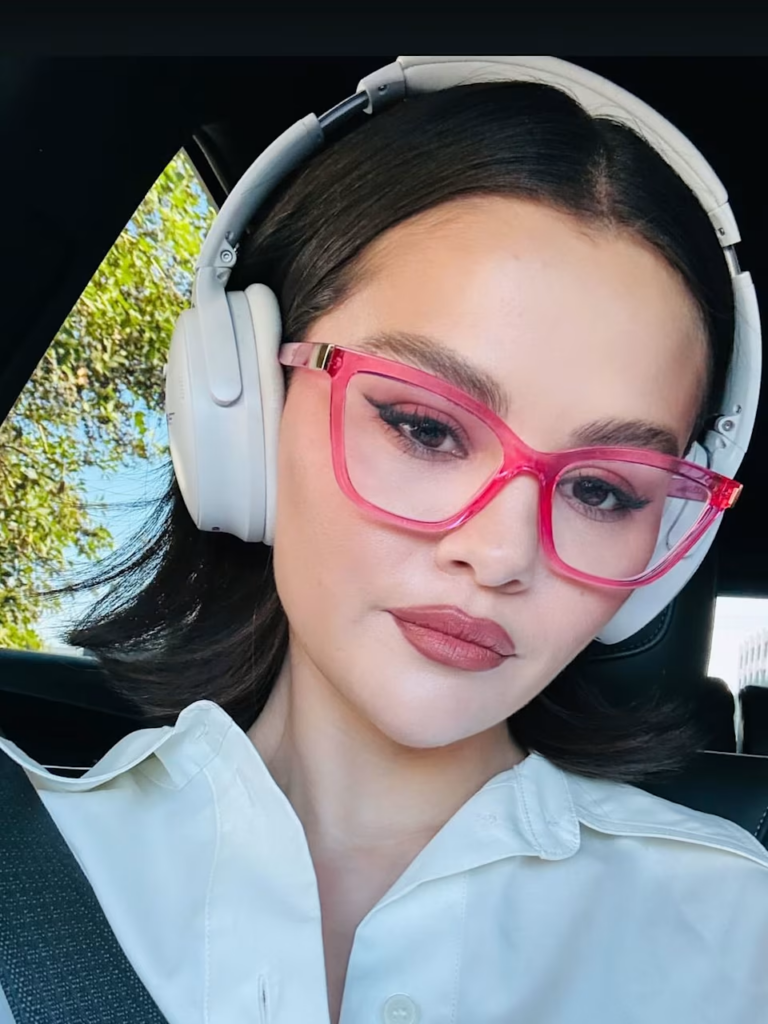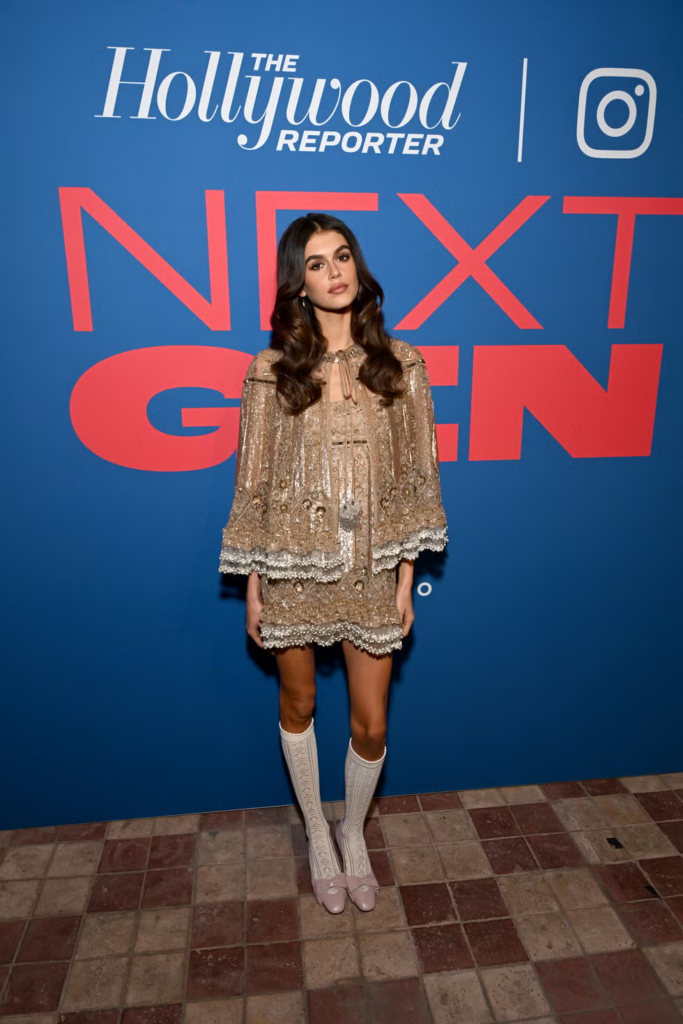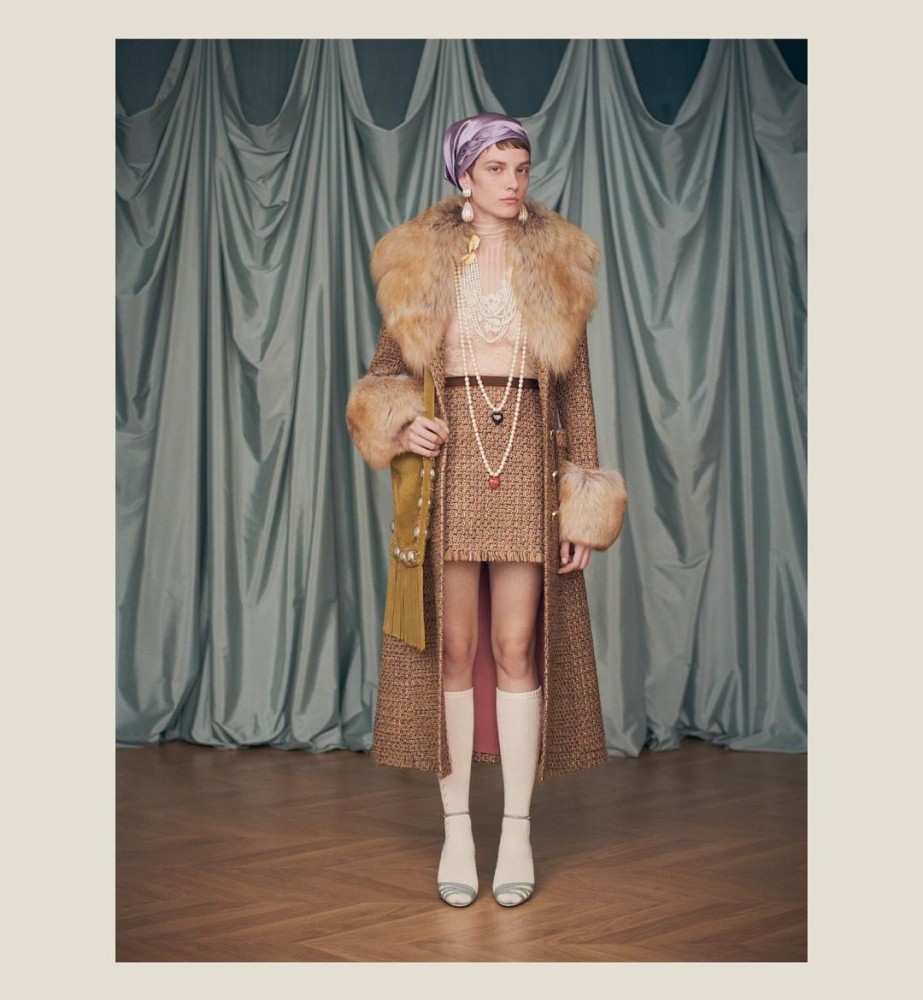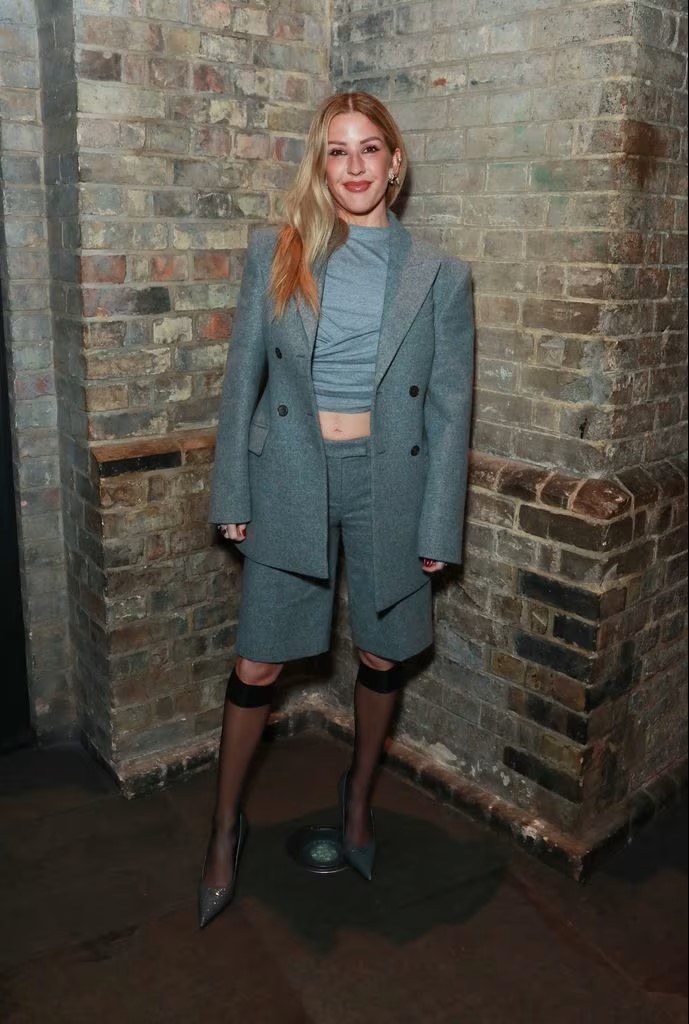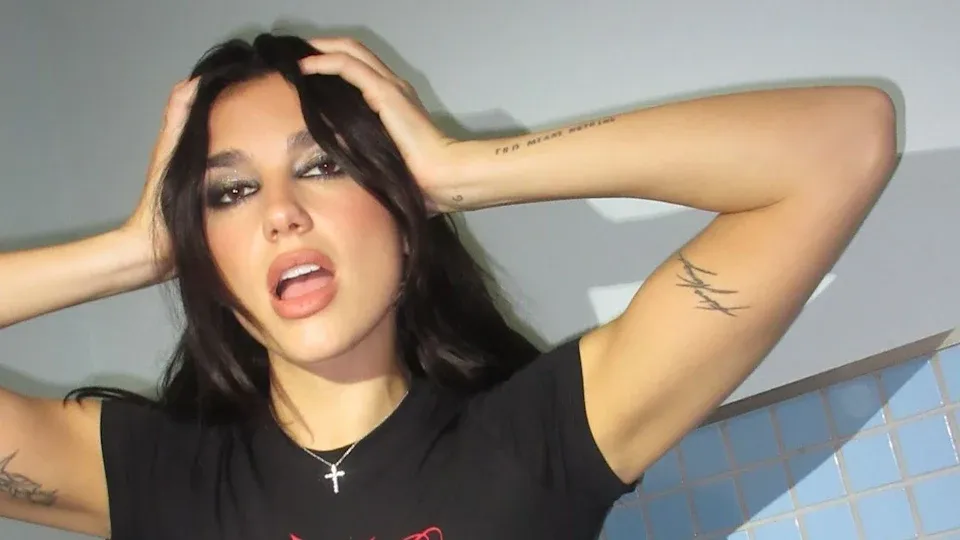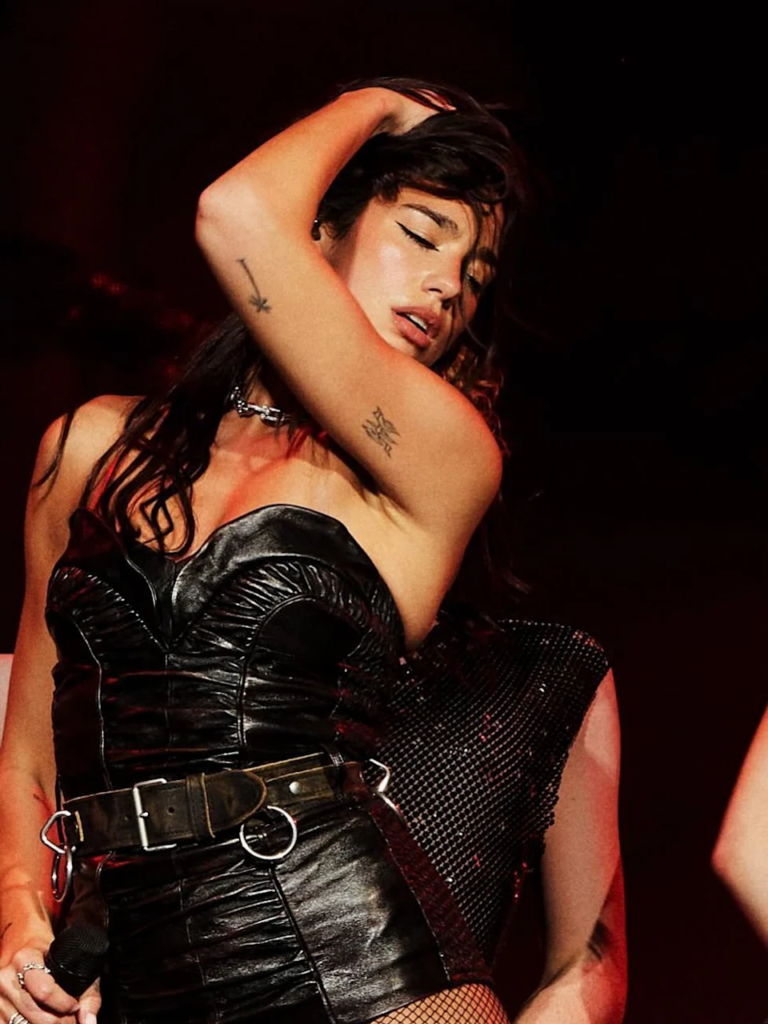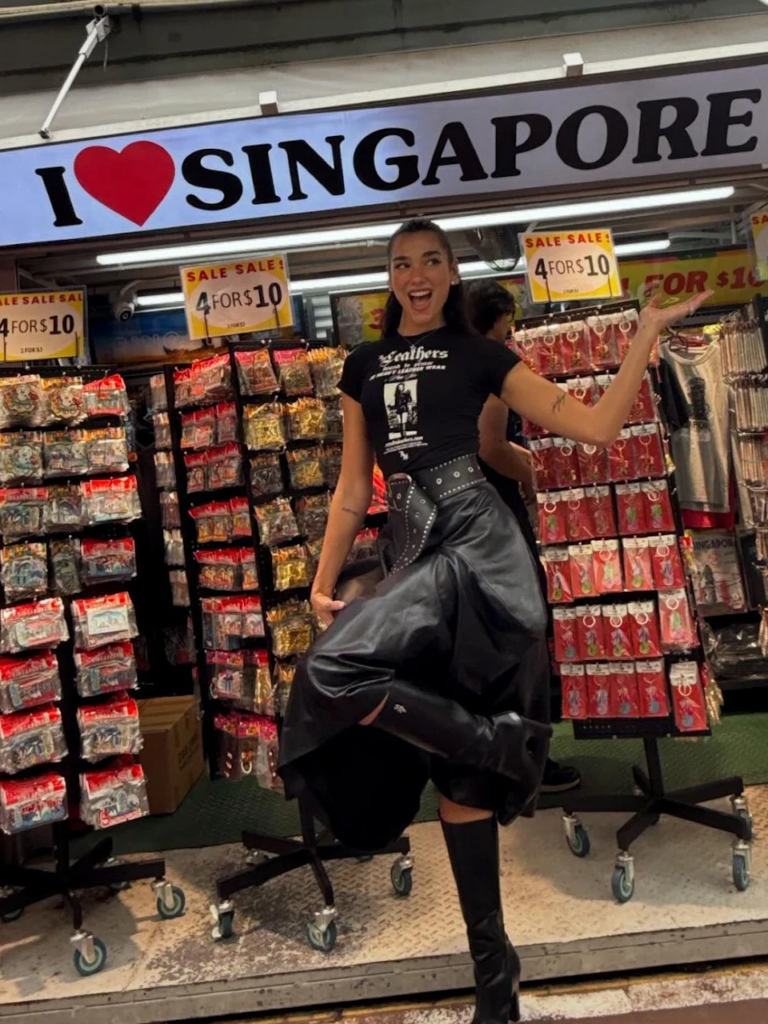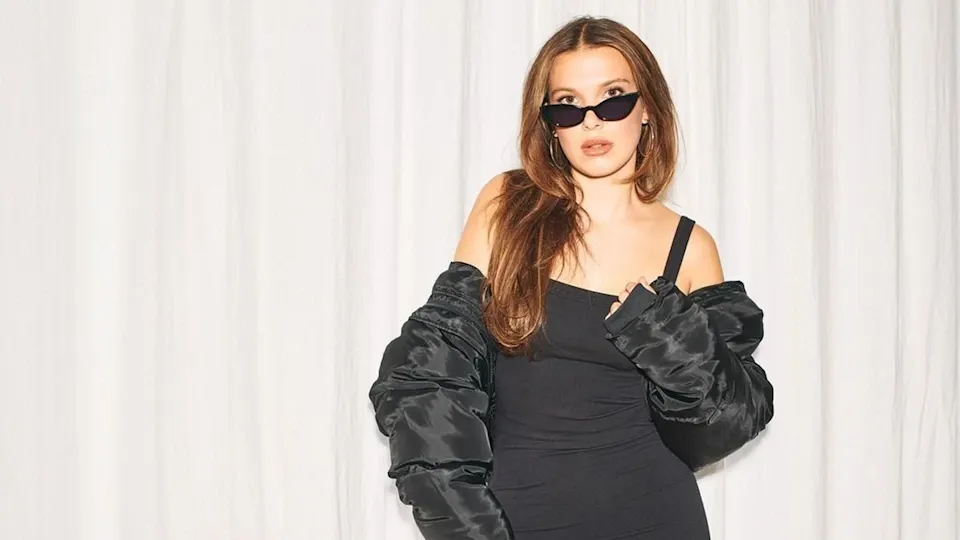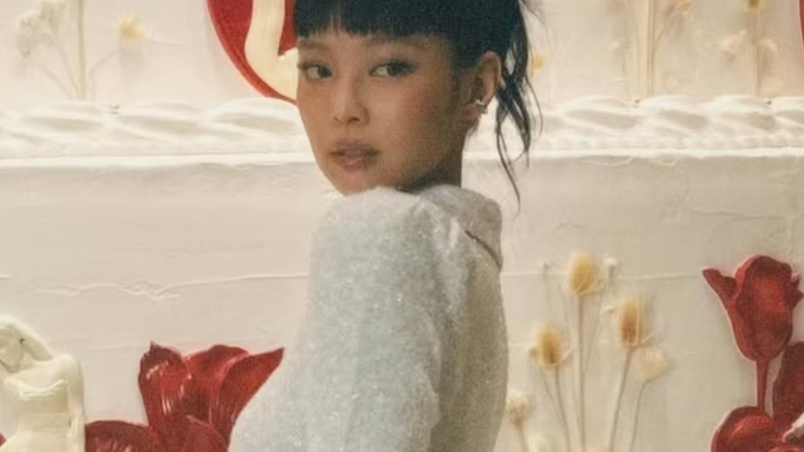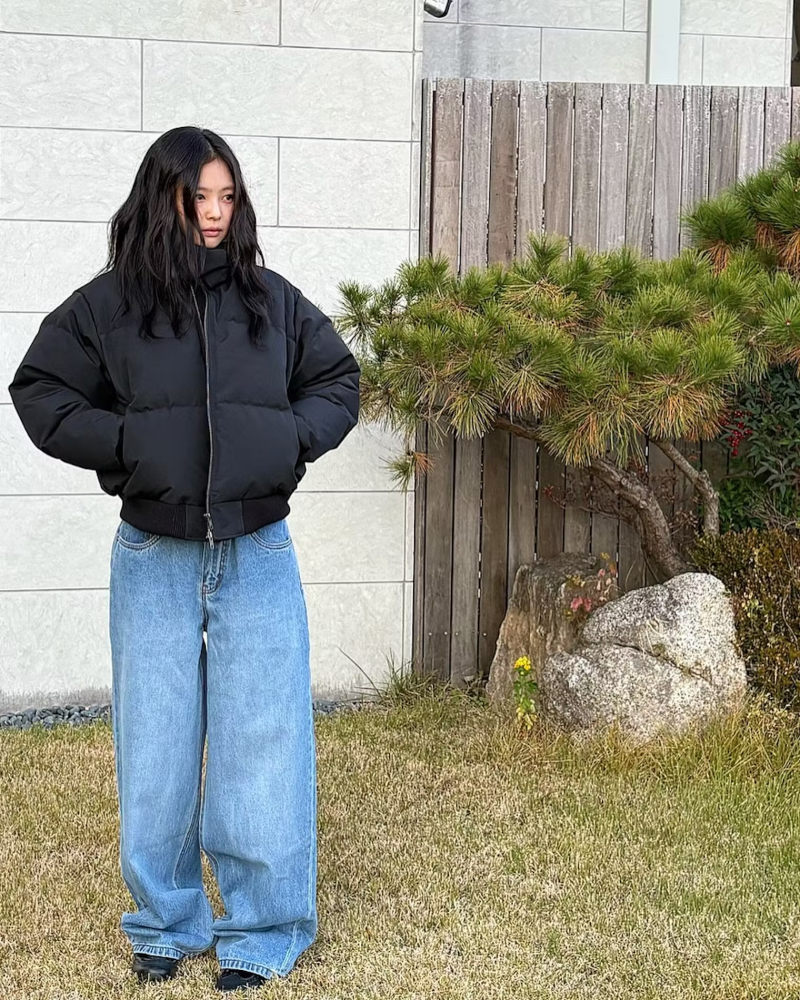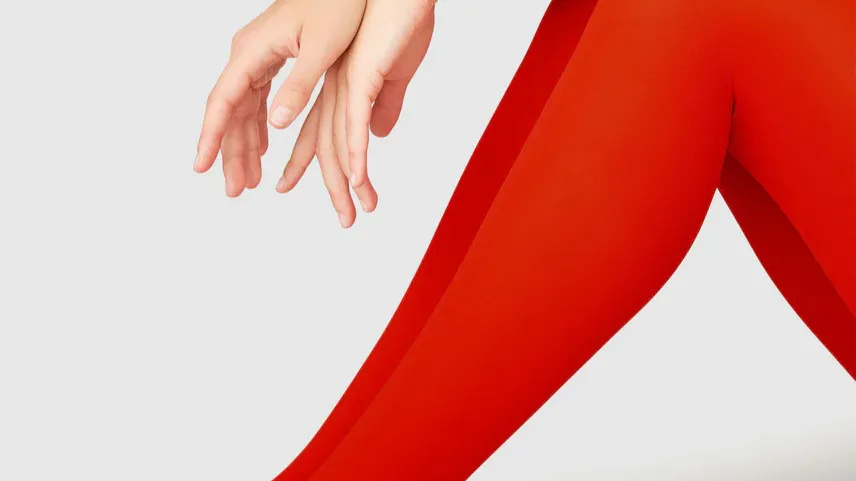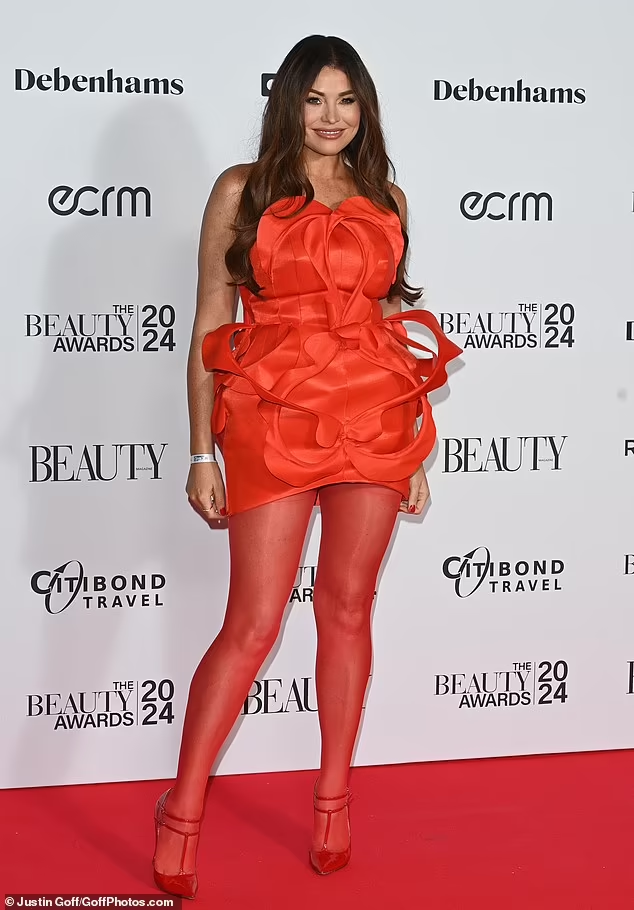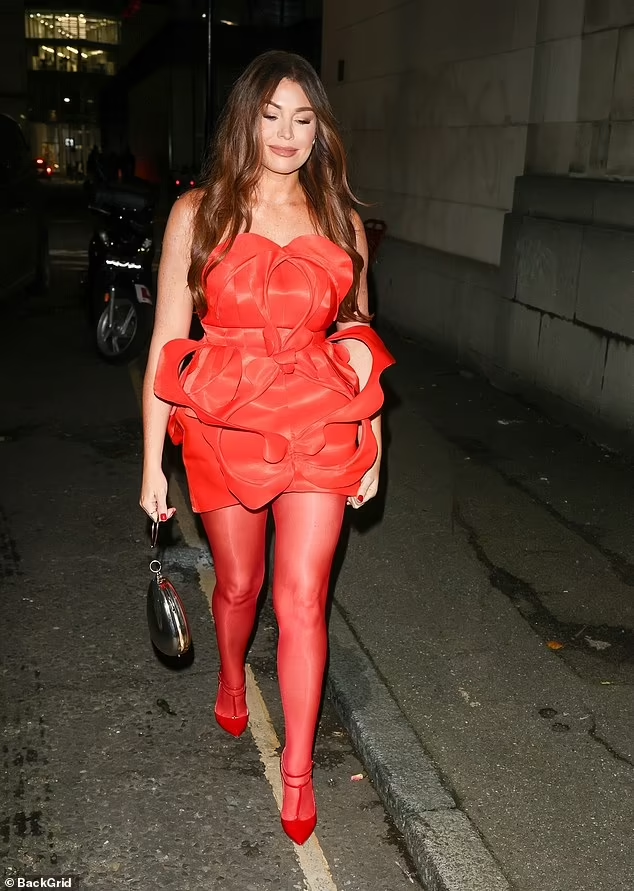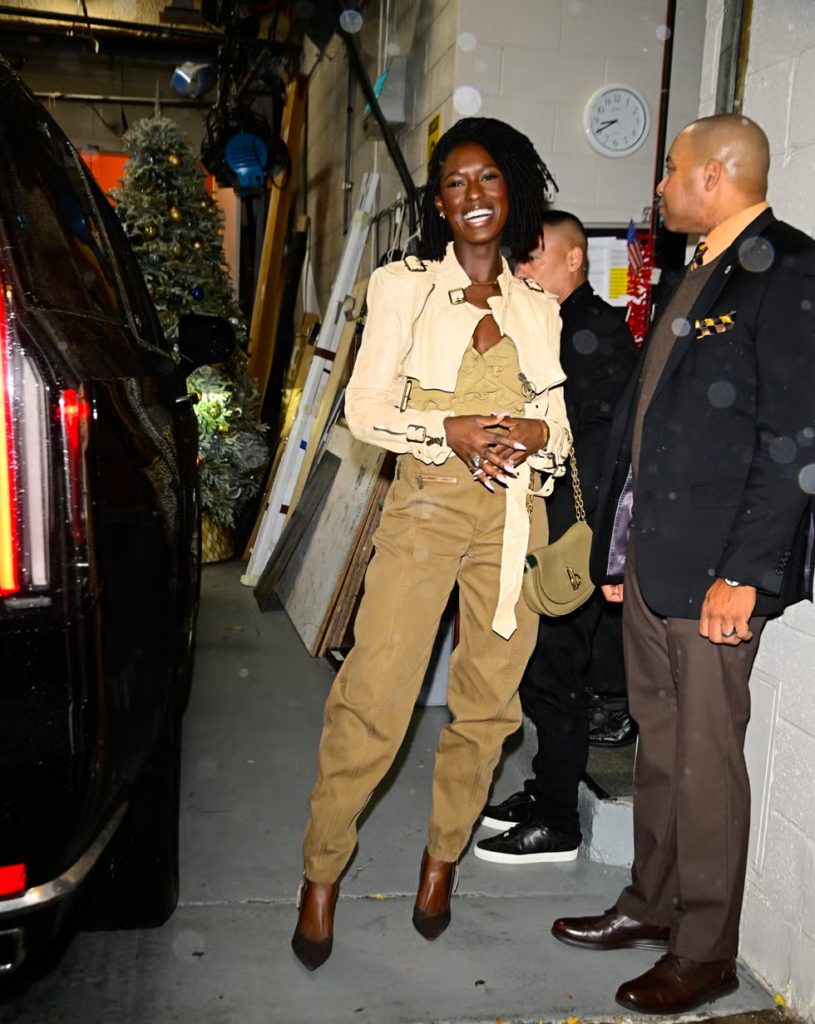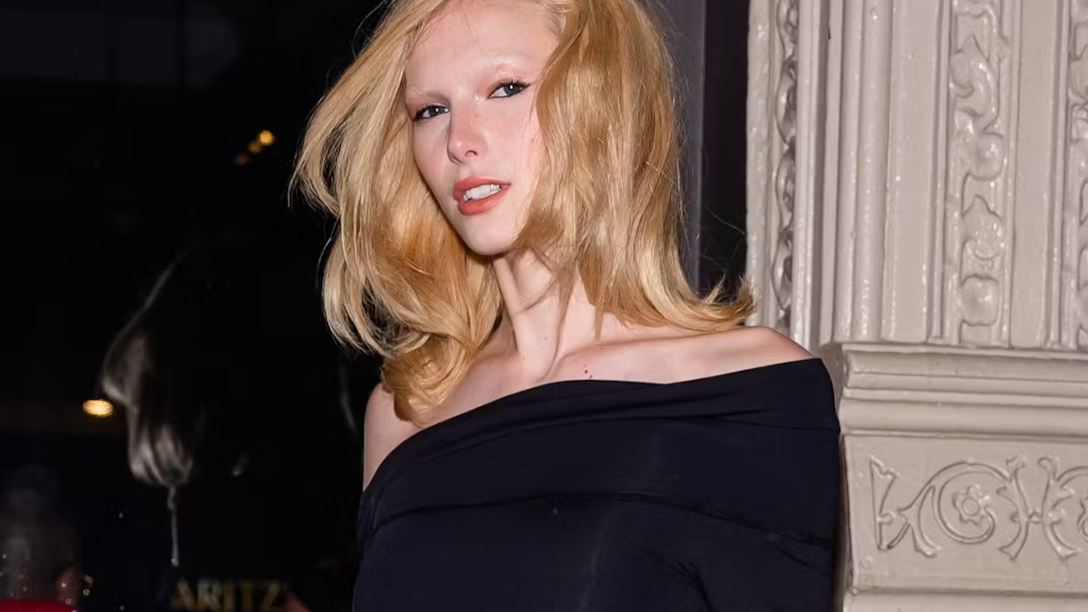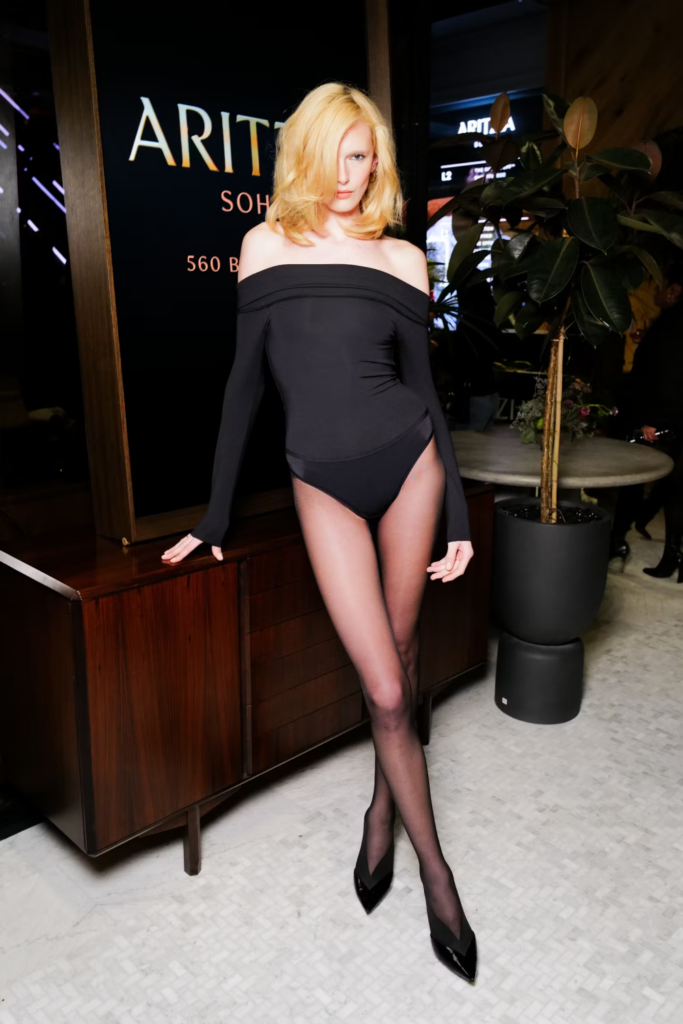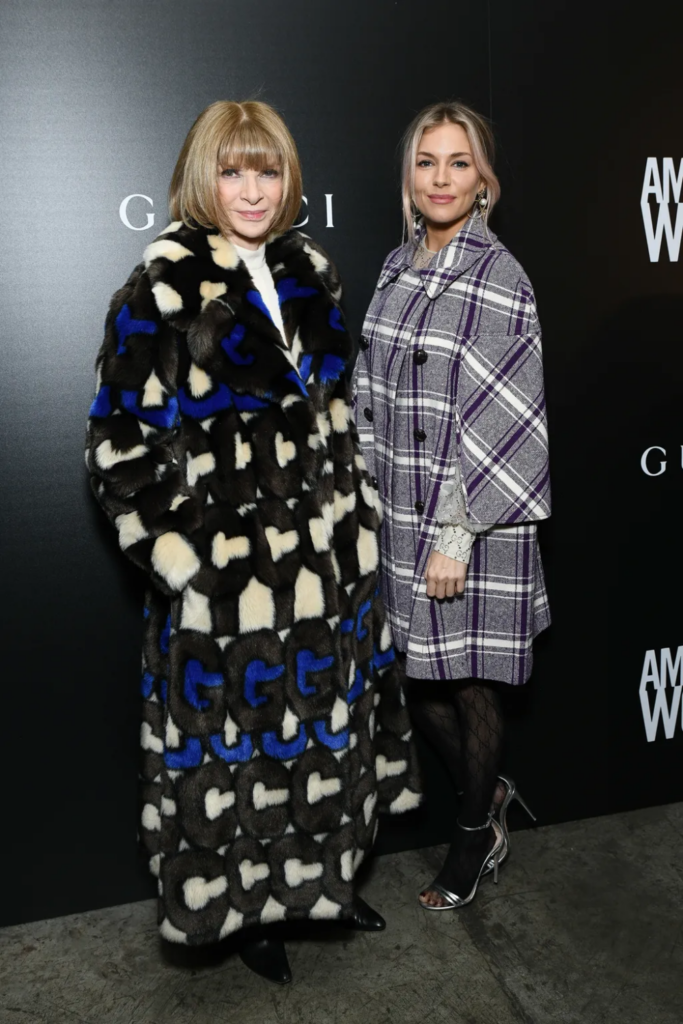
Monochrome is now Selena Gomez’s go-to style. From gothic-inspired dresses to luxurious sequined looks, the former Disney star has perfected black-and-white fashion.
Need proof? On Tuesday evening, the actress stepped out from The Late Show With Stephen Colbert in New York City, wearing another striking monochrome look.
While promoting her new project Emilia Perez with co-stars Zoe Saldaña and Karla Sofía Gascón, Selena stunned in a sleek leather mini skirt. She paired it with a high-neck blouse featuring Victoriana ruffle details, pearly buttons, and a cropped black sequin jacket with sharp accents.

She completed the look with Louboutin ‘Hollandway’ heels, adding a subtle red pop to her chic winter outfit.
The singer styled her dark hair straight and shoulder-length with a sleek middle part, waving to excited fans waiting outside the studio.

She sported a soft beauty look with a porcelain complexion, a glossy cherry-pink lip, bronzed eyeshadow, and a sharp eyeliner flick that enhanced her natural features.
For the finishing touch, Selena wrapped herself in a cozy black longline coat featuring luxurious fur trim and lining.
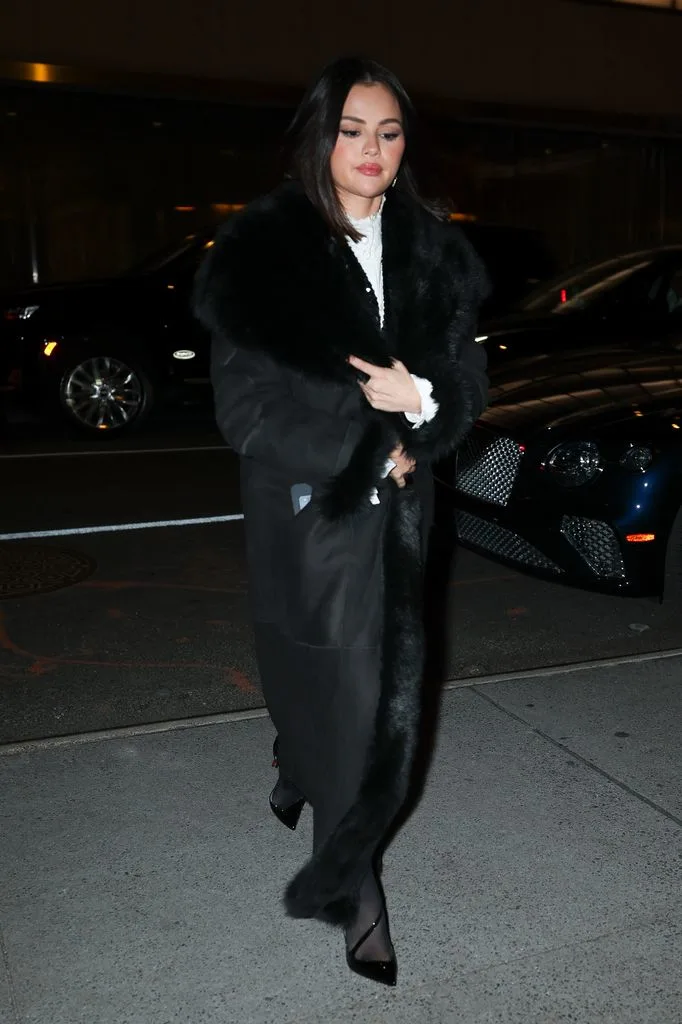
Though Selena favors black-and-white looks, she’s not afraid to experiment with color. Earlier this month, she embraced bold tones, rocking bright pink pants that Legally Blonde’s Elle Woods would surely approve of.
She flaunted her new fuchsia frames on social media, pairing the bold glasses with a crisp white shirt and a glowing makeup look, likely created with products from her renowned brand, Rare Beauty.
